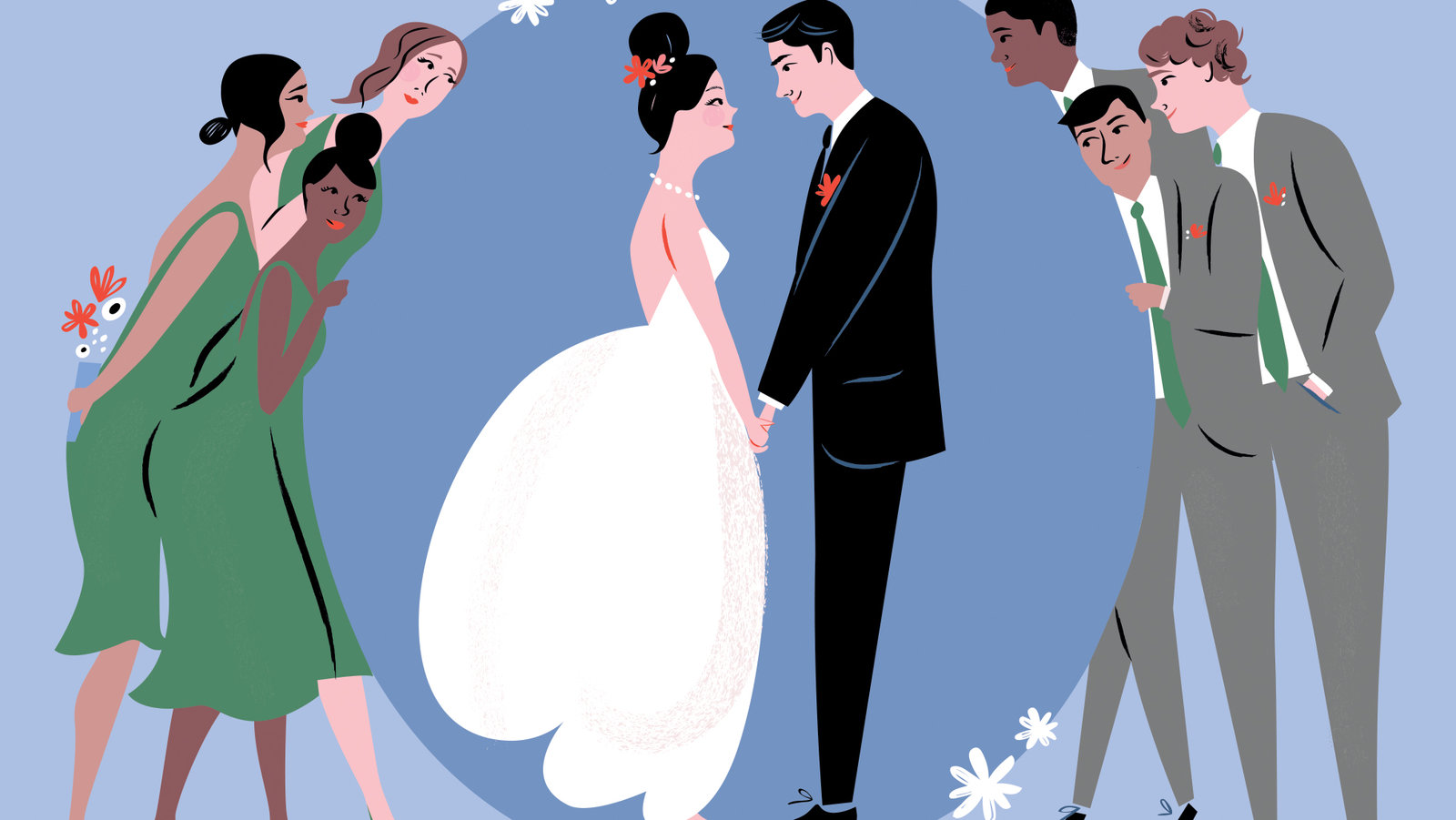You have just said yes to your original marriage proposal and before even thinking about a wedding suit and a wedding dress, you find out what to do with it. If we can ignore a church wedding, going to the town hall is mandatory to formalize your union under the law. Here are some parameters to take into account to best prepare yourself for this solemn moment.
On the day of the ceremony
If you are getting married at the town hall and the church, you must in any case start with the civil ceremony which can be performed on the morning of your visit to the church or even a few days or weeks before for more peace.
You are free to choose the date that suits you according to the mayor’s availability, except Sundays and public holidays.
The choice of outfits
You are free to choose to dress formally or more casually for your time at town hall. If women tend to choose a strapless or princess wedding dress in church, the choice of the dress for the town hall can be worn on a simple wedding dress, even short, or even on a tailor.
As for the men, they will wear a classic blue or gray wedding suit, perhaps simpler than for a religious wedding.
The place of the ceremony
It is customary for the civil ceremony to be celebrated in the town hall of the city where the bride was born. However, it can also take place in the city of birth of the groom or the current place of residence of the future spouses.
If you wish to unite in a locality where you do not have a residence, you will have to make a written request to the mayor of the municipality concerned.
Arrival at the town hall

The protocol is that the bride and groom arrive separately, each accompanied by their own family. The groom will usually be the first to arrive. Just like when you arrive at the church, you can make your arrival at the town hall a festive moment.
Depending on the personality of your couple or even your wedding theme, do not hesitate to rent a vintage car, sports car, or even a horse-drawn carriage.
Entry into the town hall
It is performed as in church, for the bride on her father’s arm and the groom on her mother’s arm. In the absence of one of the parents, the configuration could of course be different.
The course of the ceremony
The bride and groom are in the first row, opposite the mayor or deputy mayor, the bride to the left of the groom. Witnesses generally surround the future spouses. The immediate family is just behind, in the first rows.
The assistance rises at the entrance of the future bride and groom, then sits down to read the various articles of the Civil Code concerning the duties of the spouses towards each other. The mayor will then ask if a marriage contract has been drawn up. The bride and groom will then exchange their consents in front of the audience. The mayor will question the two spouses in turn. If you are also getting married in a church, the exchange of covenants will take place there. If you want to exchange your alliances at the town hall, you will have to inform the mayor or his deputy of your wish.
The ceremony ends with the signing of the registers in this order: bride, groom, witnesses.
The duration of the celebration
The civil ceremony is generally short and lasts no more than 20 minutes. That said, the duration of the stay at the town hall is very variable and depends a lot on the mayor or the deputy you will have in front of you.
In the case of small municipalities where the mayor knows the future spouses personally, the ceremony can last up to an hour.

The exit of the town hall
The bride and groom leave the town hall together, in each other’s arms. The guests are on the square to congratulate them, and sometimes to throw handfuls of rice or confetti at them. For more originality, guests can plan a personalized outing, a hedge of honor of soccer balls for athletes for example.
The presence of the photographer at this time is essential for original wedding photos. The bride and groom then set off again in the same means of transport, followed by their family and their guests.

